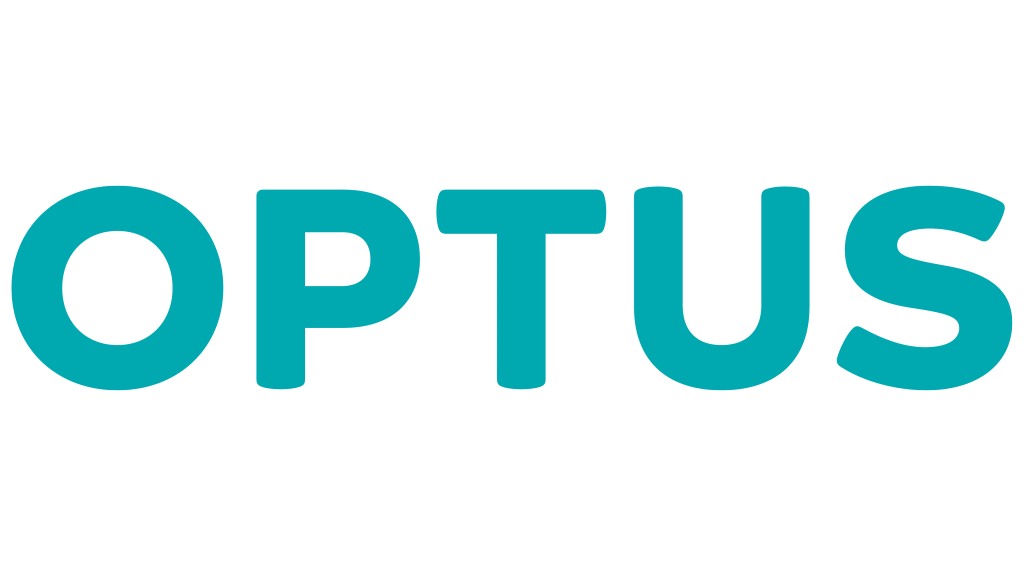Home > Internet Plans > Mobile Broadband
Mobile Broadband
Mobile broadband helps you take your internet on the go, wherever you are in Australia.
Author
Savvy Editorial TeamFact checked




We’ve partnered with Econnex to bring you a range of internet plans to help you compare them.
If you’re looking for a versatile internet connection you can use on the go, mobile broadband might be the solution you’re after. There are many different types of mobile broadband plan and connection on the market, from portable pocket Wi-Fi devices to a simple SIM to insert in your tablet or phone.
You’ll be able to compare a range of internet options side-by-side through Savvy. Through our simple online comparison service, you can see which plans are available where you live from some of Australia's most trusted and leading internet providers. Get the wheels in motion on your plan today!
What is mobile broadband and how does it work?
As the name suggests, mobile broadband is an internet connection which is achieved through a local mobile network. This option is popular among Australians who want access to internet on the go, such as through their mobile phone or directly onto their laptop. The connection delivered will typically be either to the 4G or 5G network, with the latter becoming more popular and readily available in Australia.
However, it’s important to note that you generally won’t have access to as much data on this type of plan as you would on fixed line broadband plans. Plans generally won’t exceed 500GB per month, but you’re more likely to find many closer to 100GB and even 10GB. They aren’t necessarily cheap, either, as you’ll probably have to pay more for the data you use compared to fixed line and home wireless broadband.
What types of mobile broadband are available in Australia?
Data-only SIM
How it works: data-only SIM cards are designed specifically for mobile broadband. They don’t provide voice or text services but instead offer data connectivity. Users insert their data-only SIM card into a compatible device, such as a tablet, smartphone or mobile broadband modem. The SIM card connects to the cellular network, enabling the device to access the internet.
USB modem/dongle
How it works: a USB modem or dongle is a small, portable device which connects to a USB port on a computer or other compatible device. When plugged in, they establish a connection to the cellular network, providing internet access to the connected device. They’re handy for laptops and desktop computers which lack built-in cellular connectivity and are often used by individuals who need internet access while on the go.
Pocket Wi-Fi
How it works: pocket Wi-Fi, also known as portable Wi-Fi or mobile hotspot, is a compact, battery-powered device which connects to the cellular network. It creates a Wi-Fi network which multiple devices can connect to simultaneously. Unlike SIMs and dongles, pocket Wi-Fi doesn’t have to be physically connected to your devices to work. However, they’re generally the most expensive option when it comes to mobile broadband.
How do I compare mobile broadband plans?
Comparing mobile broadband plans effectively involves considering several key factors to ensure you select a plan that aligns with your needs and budget. Here's a step-by-step guide on how to compare mobile broadband plans:
- Compare prices: compare the monthly costs of plans across different providers. Consider the total cost over the contract period to help you determine which one is the best fit for your needs and budget.
- Determine your usage needs: assess your typical data usage habits. Do you primarily use mobile broadband for light web browsing, email and social media or do you engage in data-intensive activities like streaming and online gaming?
- Think about your device: consider the device you plan to use for mobile broadband, such as a tablet, smartphone, USB modem or portable Wi-Fi hotspot. Ensure the plan is compatible with your device.
- Review coverage: check the coverage maps of different mobile network operators (such as Telstra and Optus) to ensure they provide reliable service in your area, especially if you have specific coverage needs.
- Compare data allowances: look at the data allowances offered by each plan. Consider your monthly data usage and choose a plan with an appropriate data cap to avoid overage charges or throttling.
- Evaluate speed and network quality: understand the speed tiers offered by different plans and the network technology (4G or 5G) they use. Try to find a plan that offers the speed and quality you need for your online activities.
- Consider contract terms: determine whether you prefer a month-to-month plan or are willing to commit to a longer contract for potential cost savings. However, be aware of any early termination fees.
- Check for bundle options: some mobile broadband plans may offer bundle options with other services like phone plans or home broadband. Consider if bundling services can lead to cost savings which are worth your while.
- Review additional fees: be aware of any additional fees, such as activation fees, setup charges, SIM card costs and excess data charges. These can impact the overall cost of the plan
- Examine extras and perks: some plans include extras like free streaming subscriptions or international roaming data. Assess whether these extras add value to the plan.
Why compare internet plans with Savvy?
100% free
The entire comparison process is free with us, meaning you can use it as many times as you like.
Trusted providers
You’ll be able to consider competitive offers from some of Australia’s leading internet providers before you buy.
Compare any time, anywhere
You can compare plans 24/7 with our online form regardless of where in Australia you’re living.
The pros and cons of mobile broadband
PROS
Portable
With a data SIM, dongle or pocket Wi-Fi modem, you can essentially take the internet with you wherever you go rather than restricting it to your home or business.
Flexible
You can use a mobile broadband connection as an individual connection for one device or use it as a hotspot for multiple devices to access the internet at once.
Powerful
With access to the 5G network, mobile broadband can theoretically rival the NBN’s fastest tiers in terms of internet speed.
CONS
Expensive
Because you’re paying for roaming data, mobile broadband is the most expensive internet plan in terms of dollars for data.
Potentially inconsistent
Connections are dependent on mobile networks, so congestion on your local network or poor reception could slow your internet down.
Data caps
You’ll have to stick to greater restrictions on data usage than you would with most NBN or home wireless internet plans, with caps in place on most plans.
Frequently asked mobile broadband questions
Home wireless broadband is similar to mobile broadband, but it isn’t designed to be taken out and about (though it is portable if you’re moving house). You plug in your modem at your home or business, which has to stay there to allow you to access the internet on your devices.
Home wireless plans typically come with higher data caps, in some cases offering unlimited data, and are generally cheaper in terms of what you’re paying for your data usage when compared to mobile broadband. Because of this, they’re a more popular option when it comes to providing a fixed internet connection.
Mobile broadband plans with unlimited data do exist, but they're very uncommon. However, if your provider doesn’t charge you for excess data usage, that’s essentially unlimited mobile broadband. You may find that internet speeds are reduced after you surpass your data allowance, so the quality of unlimited internet you receive probably won’t be what you need.
This depends on how you intend to use your mobile broadband connection. If it’s an emergency backup for your home internet or when you’re travelling, you may not need more than 10GB to 15GB. However, if it’s a primary internet source, you’ll likely need much more. Not everyone is the same with their general broadband usage, though, so it’s important to assess your internet usage before buying your plan.
Prepaid and postpaid mobile broadband each have their respective benefits and drawbacks. Prepaid mobile broadband plans require you to pay prior to using your internet and don’t involve any contracts, so you only have to pay on a month-to-month basis and can switch plans easily if need be.
On the other hand, postpaid plans charge your payment at a set date each month and can be cheaper than prepaid plans, given that you’re committing to paying for your plan over a long period. The risk of overspending is also present with these plans, so consider which is the most suitable for your needs.
Yes – however, it’s important to note that you’d paying a similar amount or more for less data than you’d otherwise have access to with home wireless or NBN plans. As such, you may find that the value for money you receive isn’t as great as other internet plans.
You can – however, it isn’t usually advised. Part of the cost of your mobile phone SIM comes with its talk and text capacity, so using that in your mobile broadband modem means that you’re paying for services you’re actively discarding. This doesn’t mean that you can’t find phone plans which fulfil your data needs, though.
Helpful guides on internet plans
Disclaimer:
Savvy is partnered with Econnex Comparison (CIMET Sales Pty Ltd, ABN 72 620 395 726) to provide readers with a variety of internet plans to compare. We do not compare all retailers in the market, or all plans offered by all retailers. Savvy earns a commission from Econnex each time a customer buys an internet plan via our website. We don’t arrange for products to be purchased directly, as all purchases are conducted via Econnex.
Any advice presented above is general in nature and doesn’t consider your personal or business objectives, needs or finances. It’s always important to consider whether advice is suitable for you before purchasing an internet plan. For further information on the variety of internet plans compared by Econnex, or how their business works, you can visit their website.









